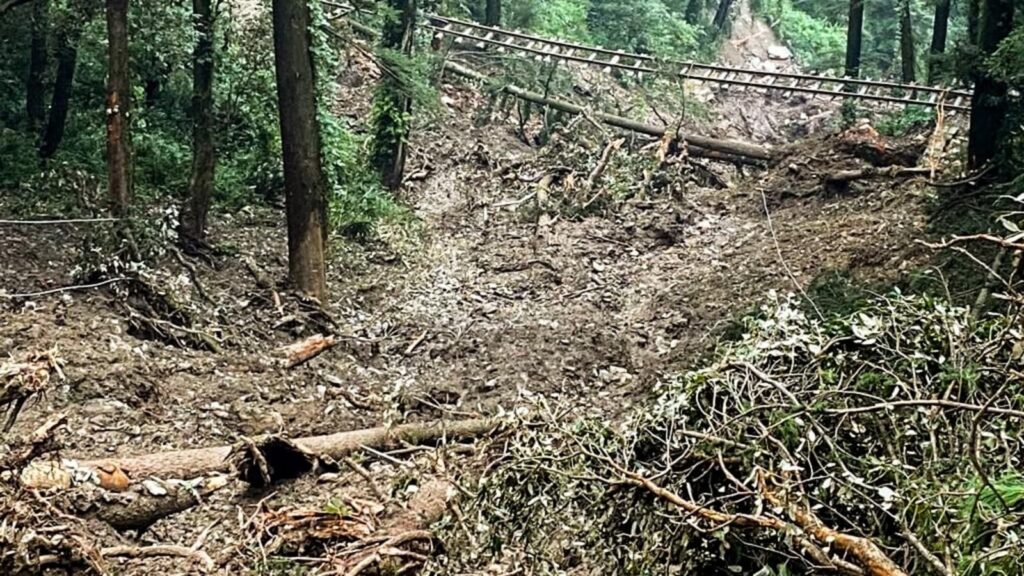Twin exercises being considered in Uttarakhand and Himachal Pradesh can offer a template for how authorities can respond to climate emergencies. Uttarakhand has announced that it will conduct a comprehensive survey of disaster-prone cities and towns, and has invited tenders for the exercise, which will include geophysical and geo-mapping investigation of regions. In neighbouring Himachal Pradesh, the state government has established a committee to address the issue of landslides in Shimla. It is no surprise that the decisions come against the backdrop of a devastating spell of rainfall that pounded both states over the past two weeks, resulting in the deaths of scores of people and damages worth crores of rupees. As monsoon showers become more erratic and concentrated — this week, forecasters predicted that more rainfall will pound the two hill states in August, while likely leaving large chunks of India dry — scientific decision-making will have to take centre stage. While clearing projects or building infrastructure, policy makers will first have to look at documents to figure out whether the ecosystem can handle the toll. The exercises underway in Uttarakhand and Himachal Pradesh, therefore, will need to be carried out transparently and without influence or interference.
They mark a significant first step. But if the fragile systems in the two states have to be safeguarded, such piecemeal action will not do. The Supreme Court on Monday correctly flagged the need for studying the carrying capacity of hill stations in terms of tourists, traffic and construction work. In the fight against the climate crisis, science is the only weapon humanity has. We should use it well.

